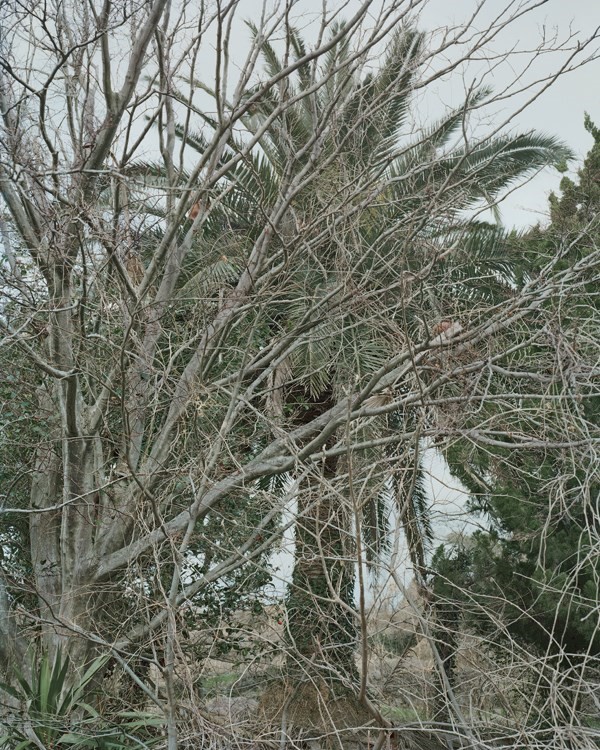Oksun Kim’s new book depicts the symbiotic relationship between nature and urbanisation on the volcanic Jeju-do
Islands are places of coming and going. They’re changeable, but in their own unique, insular ways. Their isolation means they’re often harbours of diversity that might not be seen on the mainland. Jeju Island is the latest book by Korean photographer Oksun Kim, who for the past 20 years has made the eponymous island both her home and the subject of her intriguing revealing practice. In Jeju Island, Kim turns the diverse and abundant flora of the island into an allegorical depiction of the island’s old inhabitants, temporary visitors, and new arrivals.

Located just off the southern tip of the Korean peninsula, Jeju is dominated by the peak of its dormant volcano Mount Hallasan. Its subtropical climate brings cool winters and balmy summers making it perfect for rest and relaxation throughout the year. It comes as no surprise that the island is a popular tourist destination and a place that many outsiders have come to call their home. As well as accommodating people, over millennia the climate has attracted many species of plants and animals carried on currents, winds, and boats. Today the isolated rock of Jeju is home to many species that simply don’t exist anywhere else on the Korean peninsula.
All of this provides rich material for Kim’s camera. Each picture is calm, composed, and filled with lush verdant landscapes of windswept palms, knotted shrubs, plump cacti and aged pines with bark like the rough hands of fishermen. Are these landscapes, still lifes, or perhaps portraits? It’s difficult to tell, but at the same time it’s easy to be fascinated by each tree’s form, to imagine their backstory and their unique personality. There are some more bold than others, standing proud of the forest and filling the picture frame. In others the trees are reclusive, almost imperceptible under dense tangled vines of ivy.

But an untouched forest is rare these days. Rapid development on the island means the plant life has had to learn to navigate the built environment. Overgrown palms squat in front lawns making the most of their small plots of land - much like the island’s inhabitants. In these photographs, Kim picks out trees that have become so intertwined with humans that it doesn’t seem possible to separate the island’s nature and culture. Each is a reminder that plants aren’t just natural but cultivated by people for use and for pleasure.
Surrounded by the ebb and flow of the tides and wave after wave of outsiders, island life can be a tough, transitory existence. But these trees provide a constant rootedness in a world which can change day-by-day, year-by-year. It’s important to remember that many of these trees were outsiders which came to be accepted and now form part of the identity of the island. Kim emphasises the common origin of these species. Their differences are ultimately superficial, and each stands as a monument to the shared tree of life. Now each individual tree forms a link between every person who has seen it, reached out, and touched it throughout its long life.






Jeju Island by Oksun Kim is out now, published by Hatje Cantz.
